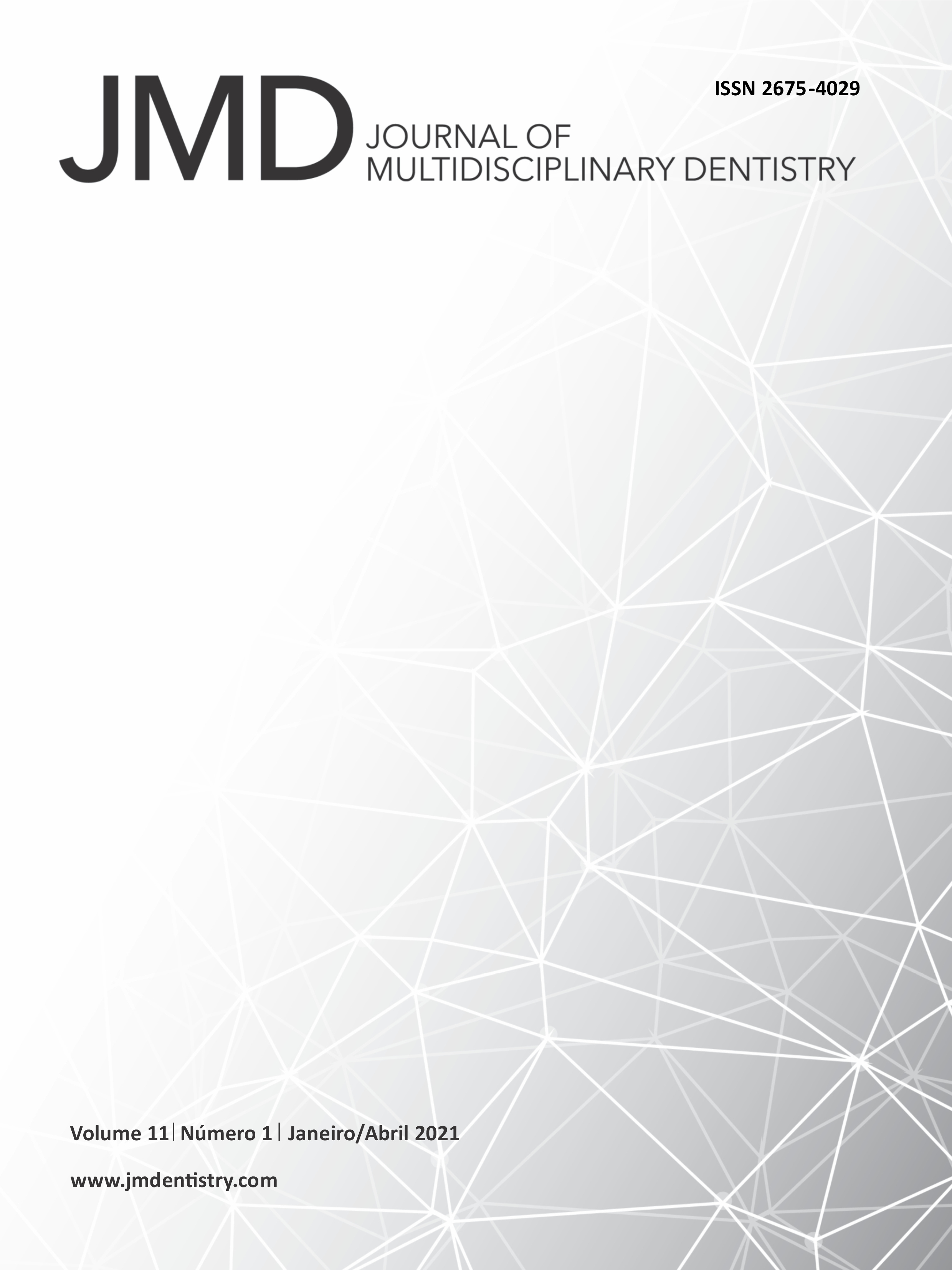Comparative study between transfer molding techniques used in prosthesis on implants
DOI:
https://doi.org/10.46875/jmd.v11i1.622Keywords:
Mouth rehabilitation, Dental implants, Dental impression techniqueAbstract
Dental prostheses have shown great progress and evolution in recent years, giving rise to numerous studies that propose and analyze techniques and materials. Among the various alternatives available on the market today are implant prostheses, and one of the determining steps for the success of such oral rehabilitation is molding. The objective of this research is to analyze two different transfer molding techniques used in implant prostheses, modifying the methods of joining the molding components. The three groups were analyzed by means of the evaluation of horizontal measurements in plaster models Pasom Dental Mix IV (Gold Star Brazil, Mairiporá - SP) using a Vernier Caliper 150 x 0.05 mm pachymeter. The first one consists of square mold transfer (DSP Biomedical, Campo Largo - PR) joined with Dencrilay dental thread and acrylic resin (Dencril, Pirassununga - SP) and open individual tray. The second square molding transfer (DSP Biomedical, Wide Field - PR) bonded with dental floss and Master Flow resin (Biodynamic) and individual open tray. And finally the third one composed by conical impression transfer (DSP Biomedical, Campo Largo - PR) without union between them and closed individual tray. Polymer Impregum Soft (3M - Germany) was used as molding material for all groups. There were no statistically significant changes among the three groups. Both the transfer molding techniques as well as the union forms of the tested transferors present results with similar means and similar variabilities.


